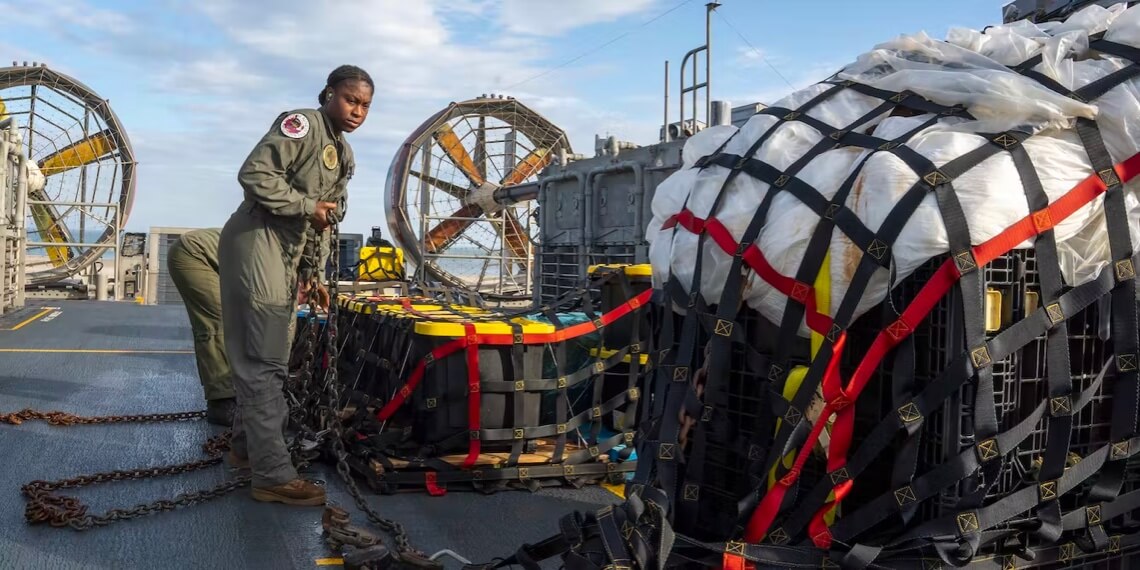This latest balloon surveillance tactic is creating quite a stir. Satellites pass over the U.S. all the time. The high-altitude balloon is a new tactic, “Ok, it’s not an airplane, it’s now an unmanned balloon flying over our airspace.” Where does that airspace boundary exist (vertically) by law or policy? These balloons are within the atmosphere, so they are closer to the earth than satellites, they can sense lower-power signals, but they are still high enough to exercise a larger footprint to sense geographically than a low-flying UAV or even small aircraft. They are also more controllable and not as fast moving (as satellites), so they have endurance – they can sit over a single position longer and get a better feel for what the signals of interest are, especially the low power ones.

Professor David Stupples
We’ve been using LPI/LPD signals in the public space for years. These signals are far easier to detect real time if you know what they look like in advance. So, we go ahead and use our LPI/LPD data links, and this balloon flies around and senses those data links, then the signals it collects become part of the adversary’s mission data file, “Oh, I have seen that before; it came off of this type of platform years ago.” That is ISR, but in a different form factor. We used to use balloons for ISR (manned – 100 years ago), then airplanes, then we set rules that the boundaries of a country go up high enough to declare airspace. At some point, the definition of where those boundaries stop vertically is a gray area. We now find ourselves in gray zone warfare.
The U.S. should be on guard for more activity such as this. The adversary knows how critical it is to collect all our emissions (not just the warfare and test ones) and they are apparently doing just that, and at the moment, with diplomatic impunity.


0 Comments